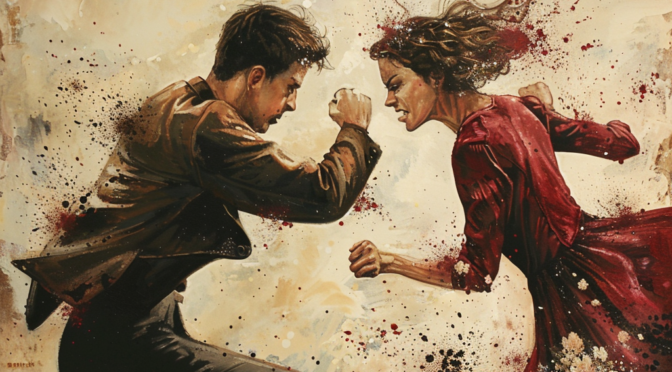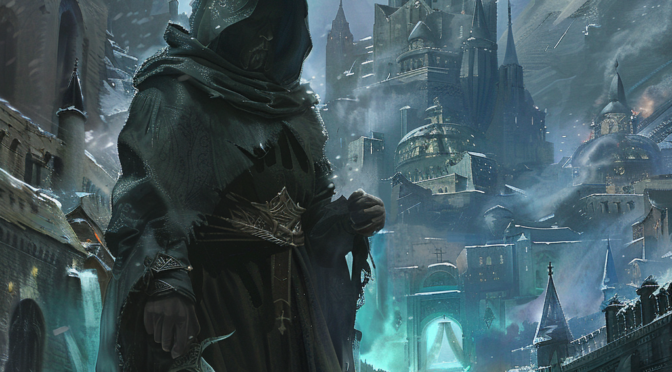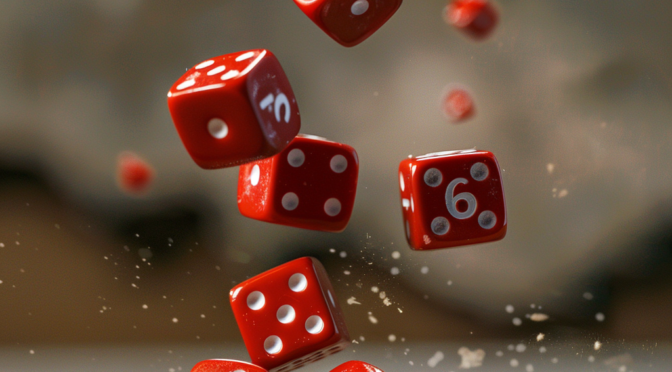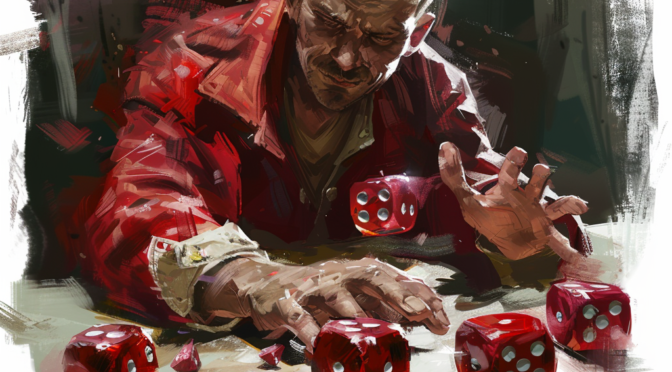I keep thinking about D6 Legend, how it traded dice totals for counting successes. I find myself wondering if it would be practical and interesting to use both systems within the same game. I want to do this for several reasons: I want more ways to use the dice, I want to differentiate action applications within the dice game, and I want to vary the game experience to reward different types of players. I want every type of role-player to have a dice game that rewards them.
Category Archives: Blog Articles
Boost and Penalty Dice
Some abilities, powers, or effects add boost dice or penalty dice to an ability check. This is written as “Boost-“, “B”, or “Penalty-“, “P”, followed by the number of dice. For example, Boost-1 (B1) adds a single boost die, and Penalty-2 (P2) adds a two penalty dice.
Results and Conditions
Taking action produces results. Results are measured with conditions. Elements within the game are understood to function and respond in the game setting in the same way as their real-world counterparts. It would be exhausting to try and detail all possible circumstances and assign them game mechanics. Instead, conditions are used to describe ways in which results restrict or enable game elements.
Dice Flip
Some abilities, powers, or effects call for a dice flip when a certain number is rolled during a skill check. A dice flip is also called a difference flip. This is written as “Flip-6” or “F6”, meaning that if any die on a roll shows a 6, it should be flipped to a 1 before being totaled to figure result points.
Advantage and Disadvantage
Status conditions, abilities, and effects can give a character Advantage or Disadvantage on a roll.
Ganging Up
Leveraging force multipliers, or, how to use mobs of mooks to take out those pesky player characters.
Order of Battle
It has been said that time is what keeps everything from happening all at once. In a game, that role goes to the Initiative rules. Initiative establishes turn order and action priority. It allows faster, more perceptive, and more decisive characters to have an advantage in the round of action. Initiative brings a little structure and order to the chaos of battle. It’s also a primary determinant of the structure of game play.
Smash and Build
In a world made of bricks and studs, pretty much everything can be smashed, grabbed, and rebuilt. It’s basically the foundational principle of Brick reality! Though written expressly for Brick games, the rules for Smashing and Building are easily applied to any setting.
Maneuvering for Position
One of the things I find most frustrating about most any RPG is that the action economy is most efficiently used in a series of attack and defense rolls. Most game systems don’t incentivize any other kind of exchange. Movement especially is given little attention and it’s difficult to force a character to move. When you do force a movement to disadvantageous terrain or gain advantageous terrain yourself, a simple move action by the opponent undoes the work.
Fear and Fame
New Rule: FEAR and FAME




